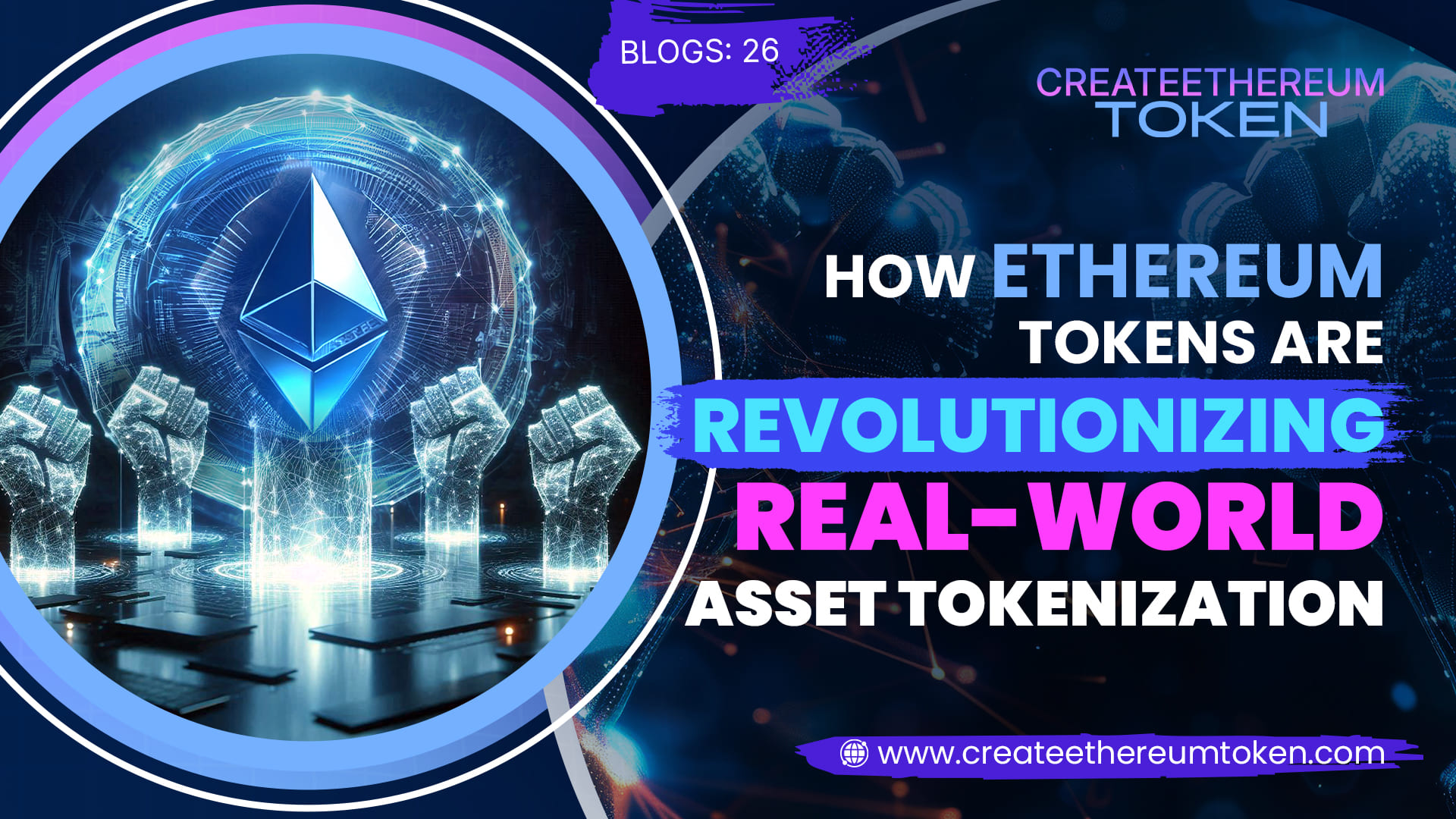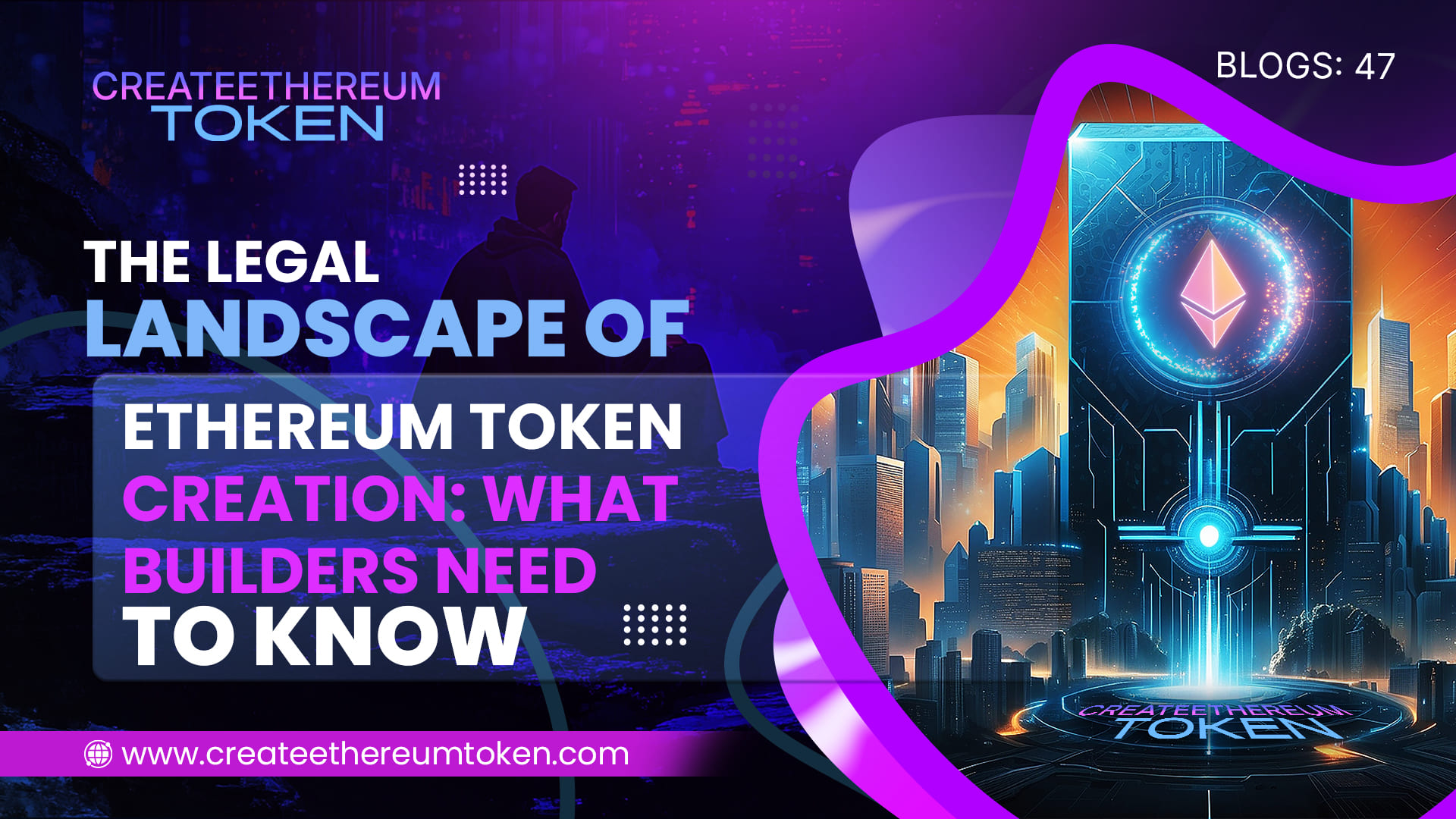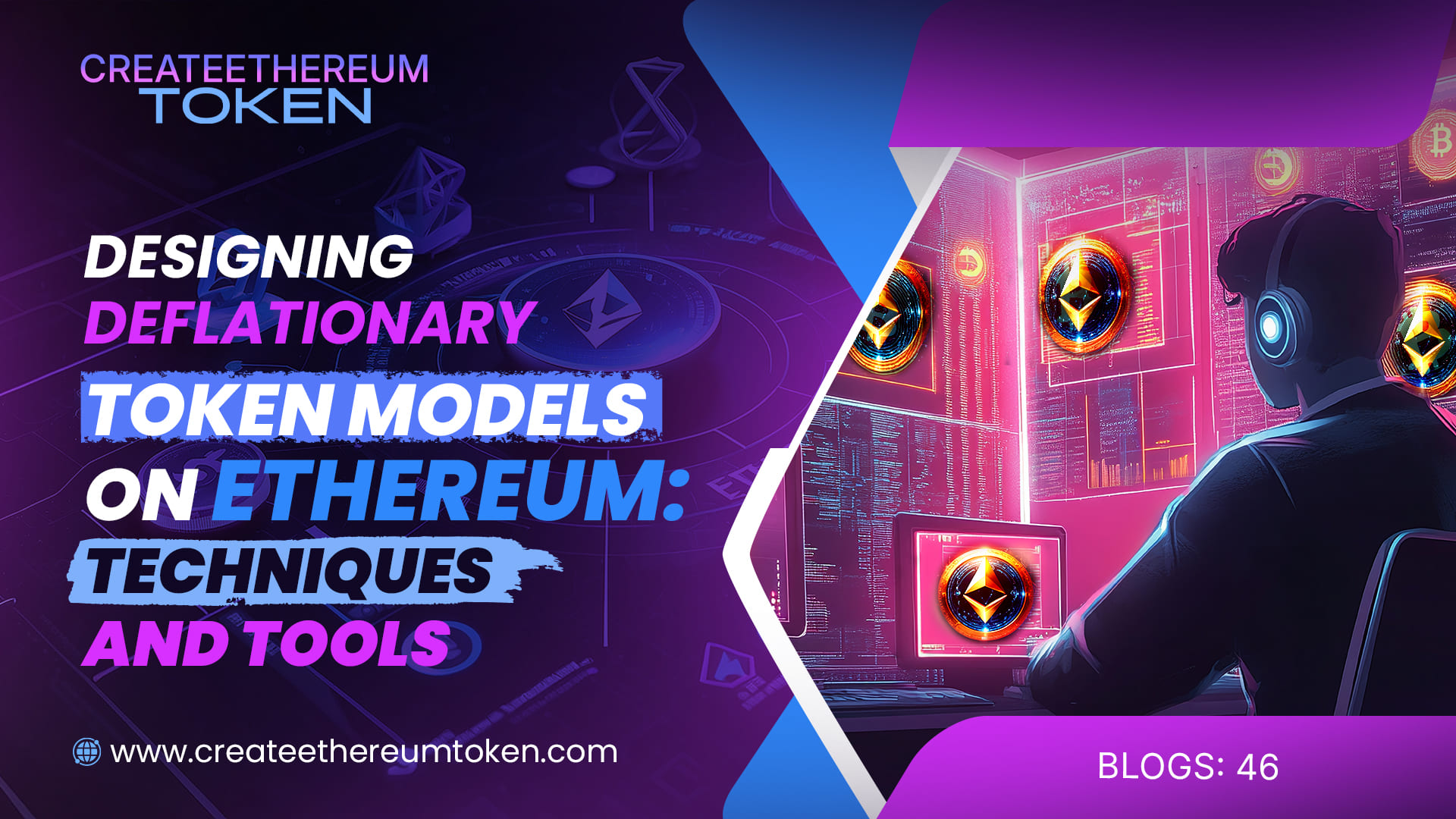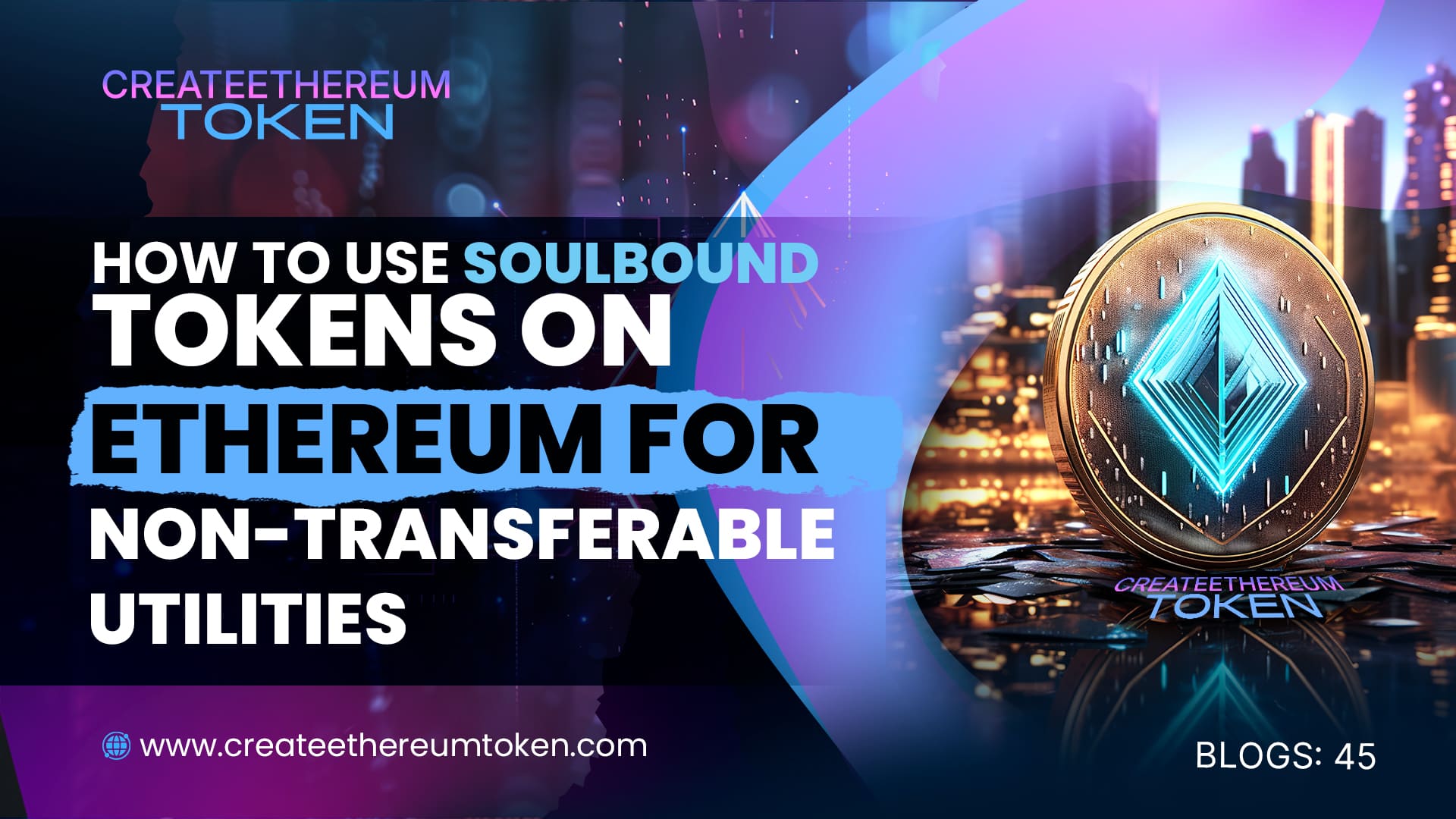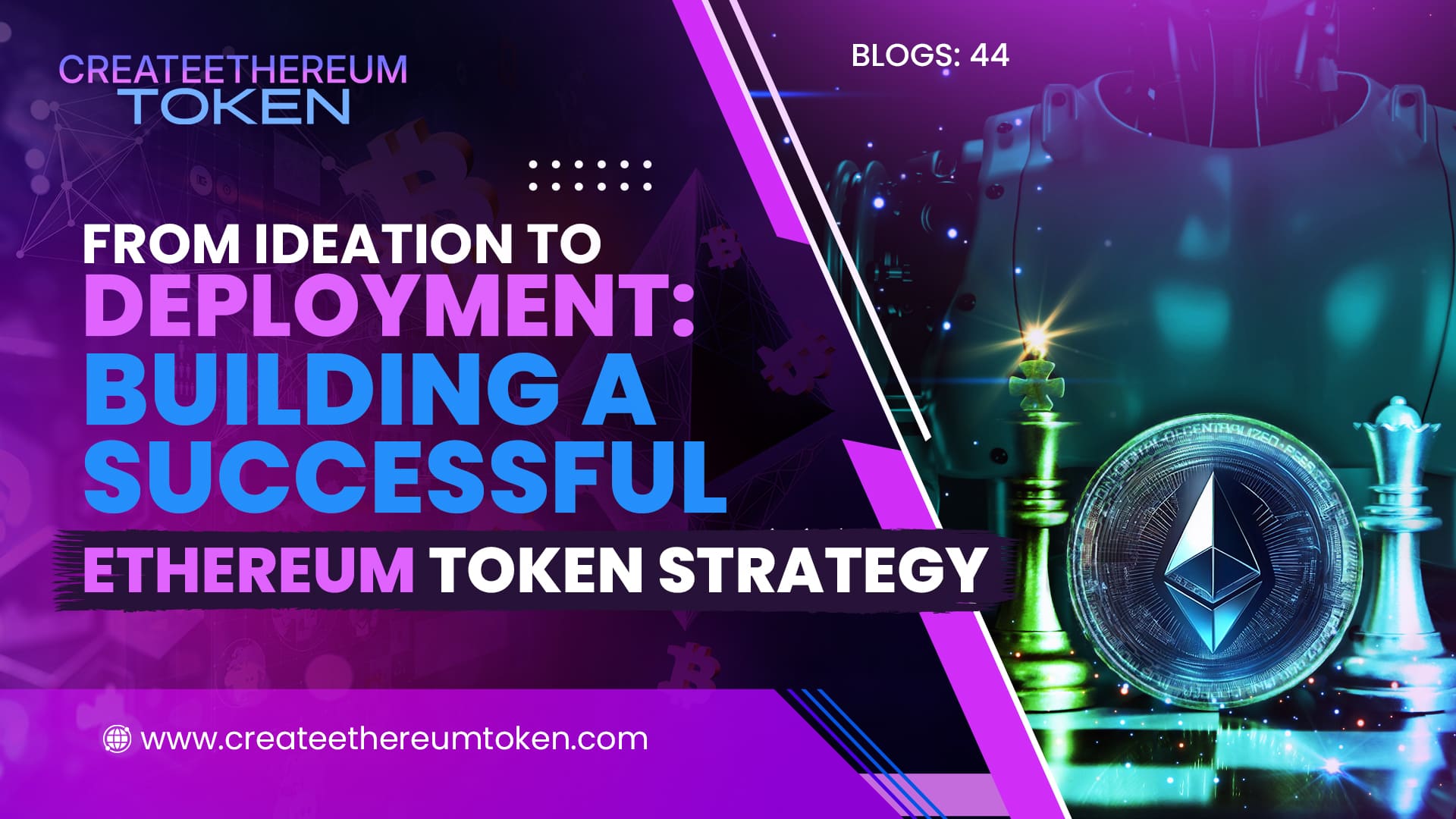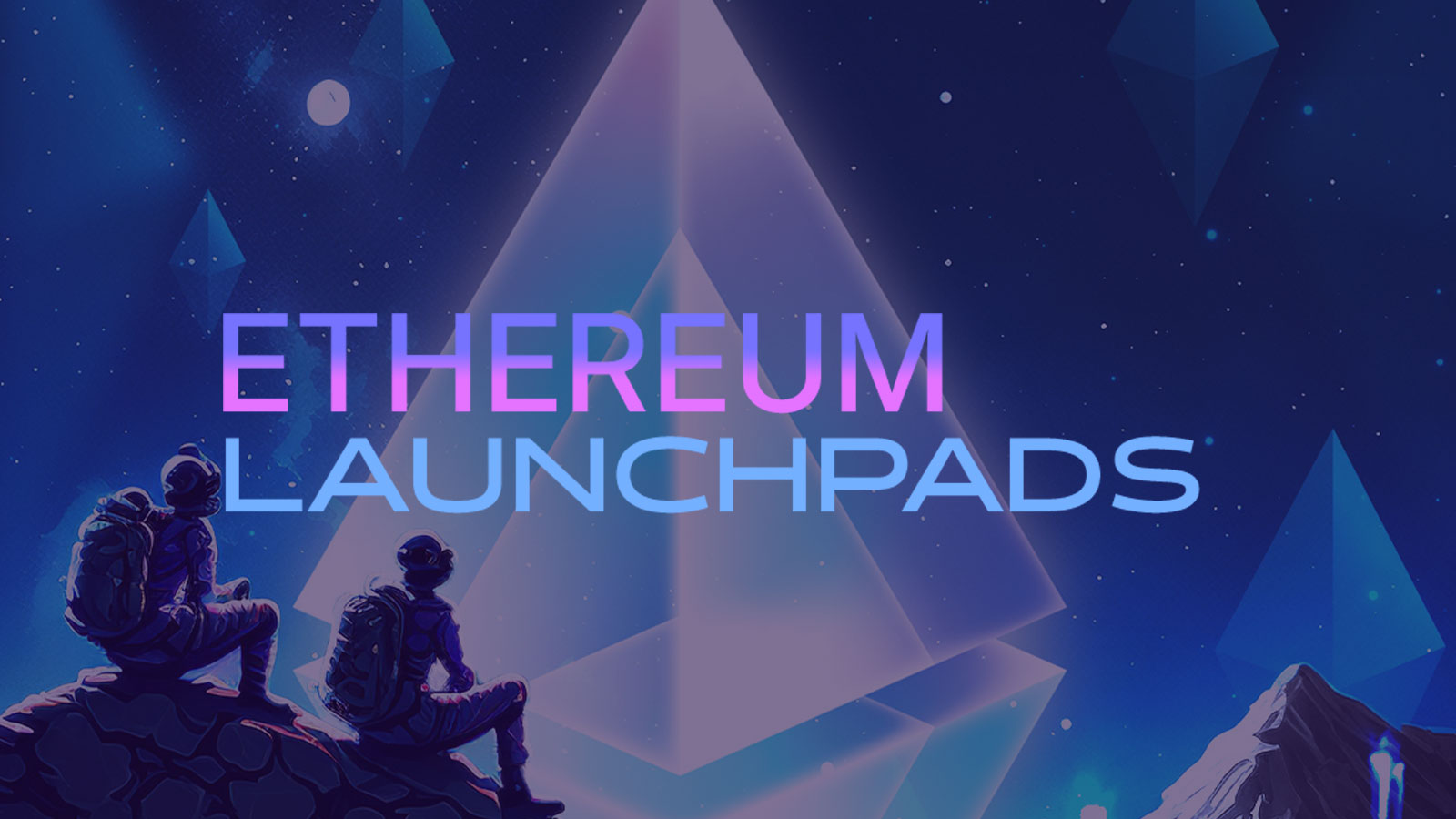January 23, 2025
How Ethereum Tokens Are Revolutionizing Real-World Asset Tokenization
The advent of blockchain technology has paved the way for innovative financial solutions, and one of the most promising developments is the tokenization of real-world assets. Ethereum tokens, with their robust security features and programmable capabilities, are at the forefront of this transformation. By converting physical assets—such as real estate, art, commodities, and even intellectual property—into digital tokens, Ethereum is revolutionizing how these assets are managed, traded, and invested in.
Understanding Asset Tokenization
What Is Asset Tokenization?
Asset tokenization involves representing tangible and intangible assets as digital tokens on a blockchain. These tokens encapsulate ownership rights and can be easily transferred or divided among multiple parties. By leveraging Ethereum’s smart contract technology, asset tokenization provides a secure and transparent method to verify ownership and facilitate transactions.
Benefits of Tokenizing Real-World Assets
- Increased Liquidity: Traditionally illiquid assets, like real estate or fine art, can be fragmented into smaller, tradable tokens. This opens up new markets and allows investors to buy and sell portions of an asset with greater ease.
- Enhanced Transparency: Ethereum’s blockchain ensures that all transactions are recorded in an immutable ledger, providing a clear and traceable history of asset ownership and transfer.
- Lower Barriers to Entry: By dividing high-value assets into smaller tokens, tokenization makes it possible for a broader range of investors to participate in markets that were once inaccessible.
- Efficient Settlement Processes: Smart contracts automate the execution of transactions, reducing the need for intermediaries and lowering operational costs and settlement times.
How Ethereum Facilitates Real-World Asset Tokenization
Smart Contracts as the Backbone
Ethereum’s smart contracts are self-executing contracts with the terms of the agreement directly written into code. These contracts eliminate the need for intermediaries, ensuring that tokenized assets are managed in a decentralized and trustless manner. They also enable complex functionalities such as automatic dividend distribution or voting rights for token holders, which further enhances the usability of tokenized assets.
Security and Compliance
Security is a top priority when dealing with real-world assets. Ethereum’s decentralized network, combined with its advanced cryptographic protocols, provides a secure environment for asset tokenization. Additionally, tokenization platforms built on Ethereum often incorporate compliance measures such as Know Your Customer (KYC) and Anti-Money Laundering (AML) protocols to ensure that all transactions adhere to legal standards.
Interoperability and Integration
The flexibility of Ethereum allows for seamless integration with other systems and protocols. This interoperability is crucial for the tokenization of assets, as it enables tokens to interact with decentralized finance (DeFi) platforms, exchanges, and other blockchain applications. As a result, investors can easily trade tokenized assets or use them as collateral for loans, further enhancing their liquidity and utility.
Real-World Applications and Case Studies
Real Estate Tokenization
One of the most significant applications of asset tokenization is in the real estate sector. By tokenizing property, investors can purchase fractions of a building or land parcel, reducing the capital required for investment. This model also provides property owners with access to a broader pool of potential investors, leading to more efficient capital raising and enhanced market liquidity.
Tokenized Art and Collectibles
The art world has seen a surge in interest in tokenized assets, where masterpieces and collectibles are represented as unique tokens. This not only allows for fractional ownership but also helps in establishing provenance and authenticity through a transparent blockchain record. Collectors can now buy, sell, or trade art pieces without the need for traditional galleries or auction houses.
Commodities and Beyond
Beyond real estate and art, commodities such as gold, oil, and even rare earth elements are being tokenized on Ethereum. Tokenization offers a new way to trade these commodities, with the benefits of improved transparency and faster settlement times. This innovation is paving the way for a more efficient and globally accessible commodities market.
The Future of Tokenized Assets
As the technology matures, Ethereum tokens are expected to play an increasingly vital role in the global financial ecosystem. With continued advancements in blockchain technology, the tokenization of assets will likely expand to include even more asset classes, leading to a more diversified and inclusive investment landscape. Furthermore, as regulatory frameworks evolve to accommodate these digital innovations, tokenized assets could become a mainstream component of traditional finance.
Conclusion
Ethereum tokens are at the heart of a revolution in asset tokenization, offering a transformative solution that enhances liquidity, transparency, and accessibility. By leveraging the power of smart contracts and blockchain technology, the tokenization of real-world assets is redefining how we invest in and interact with physical and digital assets alike. As this technology continues to evolve, it holds the promise of unlocking unprecedented opportunities for both investors and asset owners in the global market.
